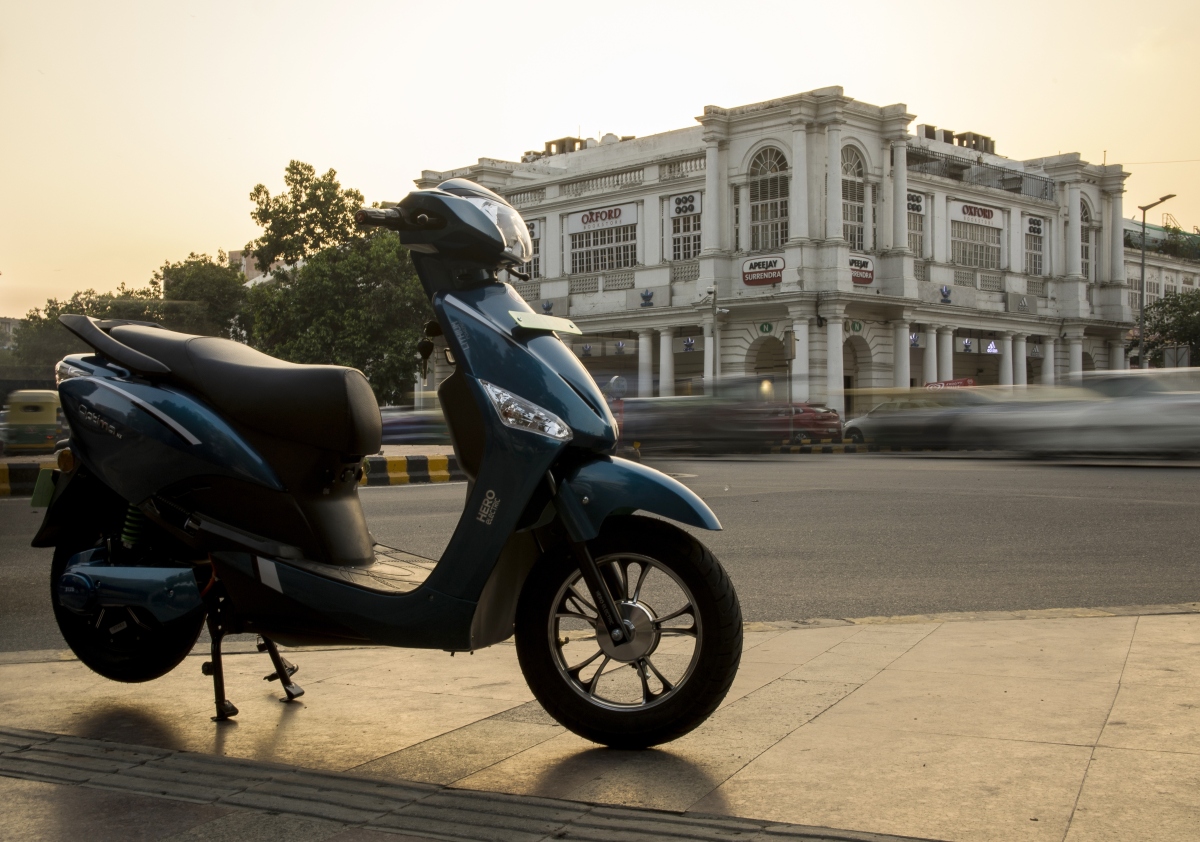Sales of electric two-wheelers in India face a temporary setback

India, known for its reliance on two-wheelers as the primary mode of transportation, has been experiencing a shift towards electric vehicles (EVs). While fossil fuels still dominate the automotive industry, the country has sold over 1.3 million electric two-wheelers to date, putting it on track to achieve its goal of 80% electric two- and three-wheelers in the next seven years. However, recent reductions in government subsidies have resulted in a decline in electric scooter sales, potentially leading to market consolidation and exits of some players. The government revised its incentive scheme in May, reducing subsidies for electric two-wheelers. This sudden disruption caused a significant decline in electric scooter sales in June, dropping more than 56% compared to the previous month. The updated scheme applies to most electric two-wheelers in India, except for those priced above $1,800. The reduction in subsidies has prompted manufacturers to increase prices, impacting sales. The Society of Manufacturers of Electric Vehicles (SMEV) has urged the government to revise its approach, stating that the updated incentives hinder local electric two-wheeler development. Despite the challenges, some market watchers believe that manufacturers need to find ways to keep prices competitive against traditional internal combustion engine (ICE) vehicles to remain relevant. While the decrease in subsidies may initially decrease the uptake of EVs, it is recommended that some form of subsidy remains in place until at least 2027 to ensure the achievement of India’s ambitious EV targets. The decline in sales and price hikes are expected to bring about changes within the electric two-wheeler market, such as a shift in customer focus towards low-speed vehicles and the potential for market share to shift towards legacy brands and full-stack manufacturers. Manufacturers are also expected to innovate their pricing strategies and explore new models to drive EV adoption.
